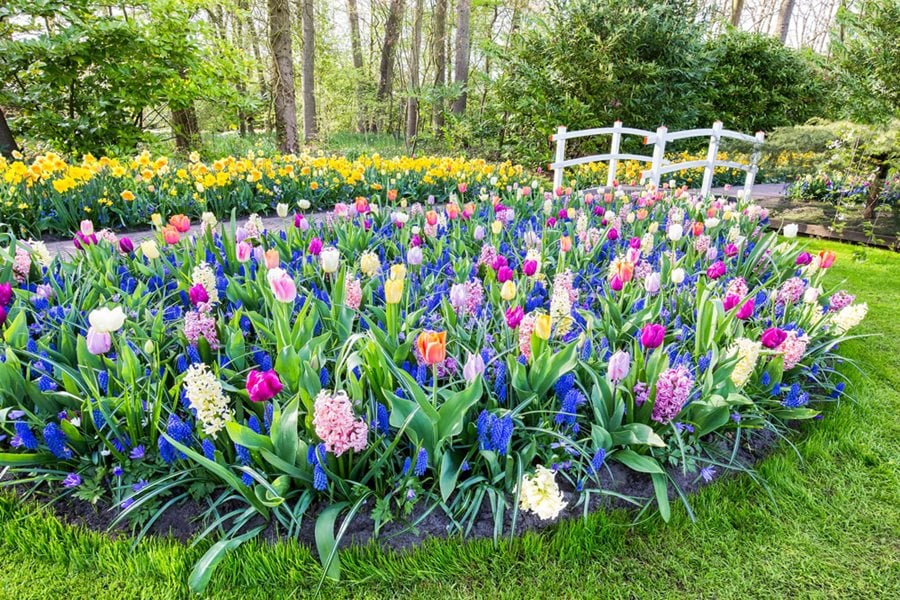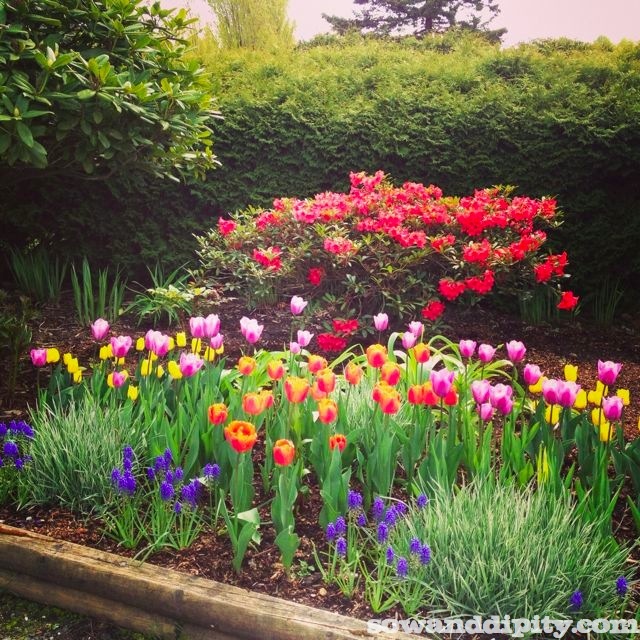

Contrastingly, white tulips in a bed of white pansies is elegant, and white tulips emerging from a colorful mixture of many multifaced pansies creates a playful, informal look. For example, a white tulip emerging from a bed of royal purple pansies heightens the display. Just like juxtaposing colors of tulips in the same bedding design, the pansy can also mimic or fully contrast the color of the tulips that will emerge in spring.Īdded visual beauty occurs when the companion plants accentuate the tulip flower color.


Pansies and violas, the slightly smaller-flower cousins of pansies, are a favorite backdrop to tulips. Until the tulips grow and flower, garden designers usually plant the bed with complementary annual flowers to bridge the gap from fall bulb planting until the spring tulip display.Don't forget to research the foliage of the tulip.Tall-stemmed tulips have more impact when used in large numbers in proximity to other plants of a similar height. Lower-growing varieties have a scale that lends their use nicely to small clusters in beds, rock gardens or containers. Multilayering in containers allows for a succession of bloom over a slightly longer period in spring because the lower-most bulbs emerge later than those closest to the soil surface.ĭepending on the type of tulip, the mature height of the flower stem must be considered when determining the number of tulips to use in a design. Large quantities of tulips can also be grown in several layers, or soil depths, within the container. Clusters of tulips look more impressive and visually beautiful when made up of larger numbers of bulbs. In containers, the same general aforementioned rules apply. Large-scale plantings of tulips may be made entirely of tulips, with bulbs spaced 6 to 8 inches apart, or with underplantings of spring annuals like pansies, when bulbs may be spaced slightly further apart at 10 to 14 inches.The cheerful tulip is among the world's most revered signs of spring.


 0 kommentar(er)
0 kommentar(er)
